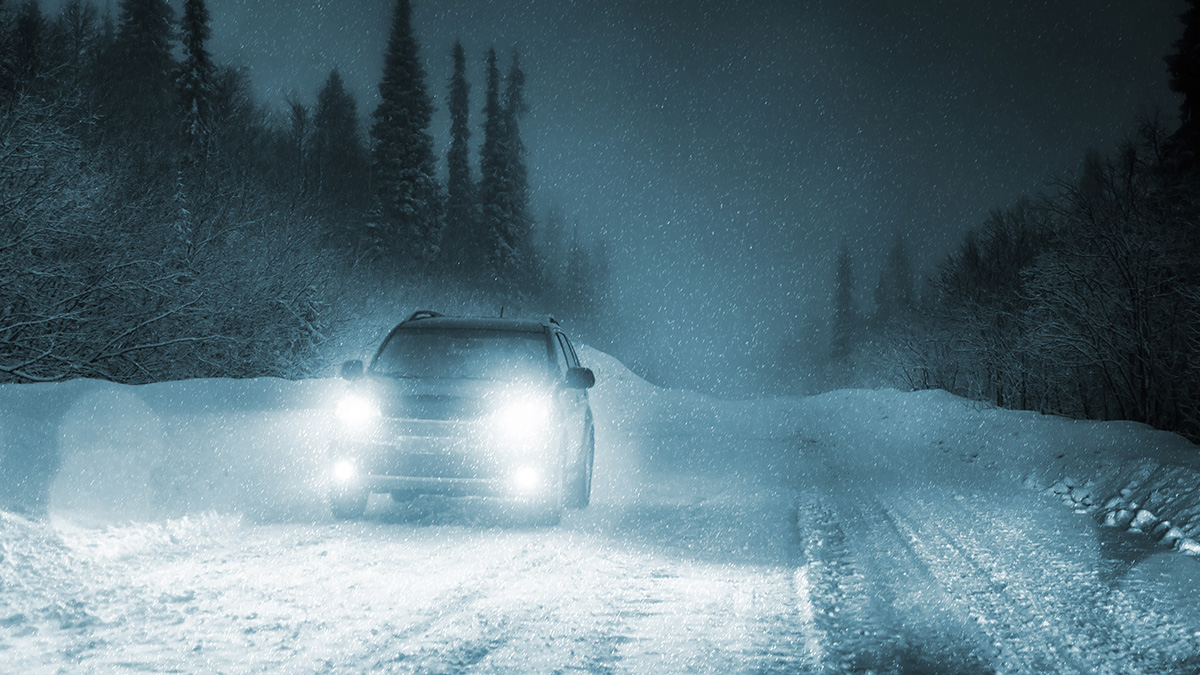Avalanche Awareness & Safety
The first step in staying safe when riding is to keep your eyes on the terrain you’re entering for possible avalanche routes. Examples include slopes that include numerous bent-over or snapped-off trees. They are a good sign that snow has slid there and caused debris. Also, look for large cornices at the tops of big hills that the wind has created. They’re especially dangerous in the spring; the sun can shine on them and they can fail, which can trigger other slides in a step-down effect.
Don’t assume every big hill is safe to climb; it’s not the case in the mountains. People often grow so focused on riding that they forget to look around and notice the terrain. And it can occasionally get them into trouble. Stop and take a look around before entering a new area. Choose your route wisely so everybody stays safe.
Ride with a probe, beacon and shovel
At minimum, no one should ride in the mountains without an avalanche beacon, a probe and a shovel. Some riders also like to wear airbags they can deploy in the event of an avalanche to help keep them on the surface of the snow.
Check your equipment before you ride
Before any ride, make sure everybody in your group has his or her probe, beacon and shovel. Ensure, too, that everyone understands how to use them. Everybody should put on their beacon and turn it on. Check battery life. If the batteries are below 60 percent, change them. You don’t have to throw them out – you can use them in your headlamp or something else.
Designate a group leader and have him or her ensure everyone’s beacon functions as designed. Then have someone check the group leader’s beacon.
What to do in a slide situation
Once the group is riding, here are the steps to take in a slide situation.
- Move away from potential overhead hazards
- Identify how many riders are missing
- Have the group leader ensure everybody’s beacons are on “search”
- Delegate somebody to call for help
- Send the remaining people in search of the missing riders. The group leader begins looking using his beacon while somebody else follows with a probe. The rest of the group should follow with shovels. Once you’ve drawn within a few meters of the missing rider, begin what’s called “fine searching”. Get low to the ground to ensure you’re getting an accurate reading. As you scan the beacon across the snow, the number should decrease. Once it increases, mark a line in the snow. Return to where the numbers were smallest and repeat the process until you’ve marked a small square. In the center, begin probing every 6 inches until you hit the rider. Leave the probe in the snow and dig the person free.
Check avalanche conditions online
Various groups publish bulletins online that provide insight into avalanche potential in your area. Check them each morning before you ride. Make sure you understand the information. A couple examples are included here.





Comments
Share: